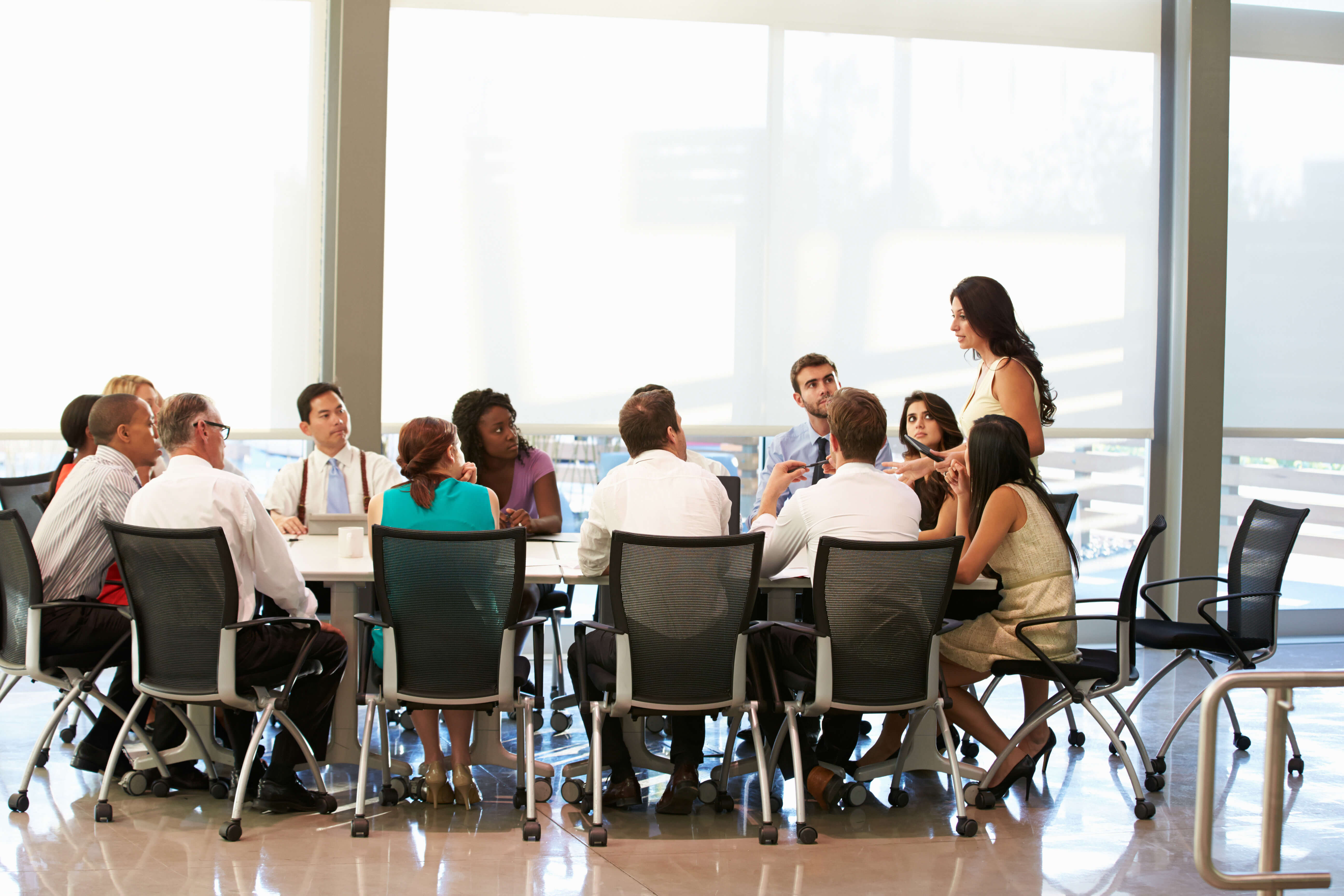9 min read
Stay Vigilant: Current AI and Cybersecurity Threats
Over the past decade writing these letters, I’ve made it my mission to help you navigate the digital age with confidence and resilience. If I have...

In this week's report, we offer a fresh look at information security and privacy strategies that specifically address the challenges that most non-profits face today, while creating a framework from which to manage the rapid pace of change we are sure to experience well in the future.
 Information security and privacy is now a top governance concern for non-profit Boards across the country.
Information security and privacy is now a top governance concern for non-profit Boards across the country.Recently, many non-profit and social services organizations are discovering they face some distinct issues surrounding their technology. Their computer networks manage, share, and store all sorts of information that is increasingly at risk from a privacy and security standpoint. Considering the substantial risks at hand, including the organization's reputation and loss of donor confidence, cyber-security is suddenly at the top of the governance agenda for non-profit boards across the country.
Non-profits store volumes of personal information online. Donor data, credit card numbers, personal employee information, insurance policies, and in some cases, individual and family wills and trusts. All of these parties are at risk and assuming you will not be a target can be a mistake that is transformational on many levels, personally and professionally. Over 60% of small businesses go out of business within six months of a breach. The lack of professional preparation for a nonprofit can be notably harsh considering the organization's reliance on public and donor trust.
Non-profits are typically resource constrained and in many cases, unlike the private enterprise sector, have not sufficiently planned for the increasingly hostile online environment they now face. Many do not employ full-time IT technicians, and 3rd-party support resources are sometimes difficult to understand and deal with. Solutions can be prohibitively expensive and complicated to use without quick access to service, which adds unpredictability to the IT expense budget.
But there is good news; technology is advancing so quickly, including IT security technology, that new software-defined and cloud-enabled solutions are leapfrogging the legacy systems with easier, cheaper, faster, and better answers for those seeking answers today.
The good news? Technology is advancing so quickly, including IT security technology, that new software-defined and cloud-enabled solutions are leapfrogging the legacy systems with easier, cheaper, faster, and better answers for those seeking answers today.
An example of technological innovation advancing and leapfrogging established paradigms is that of the telecommunications systems in some developing countries. While in the U.S. we spent decades putting up telephone poles and hanging wires for the sake of a phone call, countries that have recently invested in their communications infrastructure are benefitting from newer technologies like cellular, fiber optics, satellite, and broadband internet. Many of these countries now benefit from a superior communications infrastructure as a result of being late to the game.
New, innovative cyber-security technologies are available now and are usurping the entire framework of legacy architecture and systems. The biggest mistake a nonprofit can make in IT security today is to assume the answers will look anything like they did just a couple of years ago.
The biggest mistake a nonprofit can make in IT security today is to assume the answers will look anything like they did just a couple of years ago.
Servers, blades, complicated routers, and other heat and dust collecting hardware is becoming a thing of the past. Modern information technology uses clouds for the heavy-lifting, and powerful, "smart" and "context-aware" software to do the serious work. And yes, you can effectively leverage the awesome cloud-enabled technology available today without compromising the security of your information. 
Technology is becoming a "service", and developing an IT strategy and budget for the future must include the dramatic change that is at hand and is accelerating into the future. The good news for the nonprofit that is now seriously addressing their information security concerns is that with the right approach, it can avail itself to these new technologies without the burden of a complete redesign or overhaul and remain "open", as new innovative technology continues to follow its rule of quick progression toward an easier, cheaper, faster, and better experience for the user.
Here, we list 4 examples of these new technologies as practical examples for any non-profit to consider in their efforts to secure their information and protect the privacy of its constituencies.
1) Protect the Devices - Smartphones, pads, tablets, laptops and computers all need protection. Antivirus, data loss protection, intruder protection, and application controls are just examples of the defenses needed for any device that connects to a network. Fortunately, protecting devices has been made easy and requires no user input as a result of "real-time" monitoring services that do all the work and proactively defend your organization from the threat landscape as it evolves.
2) Encrypt Internet Communications - Browsing, banking, and all online activity should be encrypted by VPN technology. Virtual Private Networks were once expensive, hardware-intensive systems that only the largest of enterprises could once afford. Now, commercial-quality systems are available to anyone for extremely inexpensive, monthly rates. For more on VPN's, click here http://blog.totaldigitalsecurity.com/3-reasons-to-use-a-vpn-everyday
3) Store and Share Sensitive Data - Now, you can use cloud-like technology for data management without incurring the actual risks of cloud-based data storage systems. Data stored on remote, secure servers can be stored, shared, and edited with end-to-end encryption, and without the need for encryption keys and other complicated systems.
4) Network Security - Powerful software is now available that replaces hardware and IT support to protect your organization's entire network. A flat, surprisingly low monthly service fee can protect every device and every connection at the home office and branch locations using cloud-based services that act as your security center in the sky. Your connected devices, faxes, VoIP, and credit card transactions all are protected and secured using the latest threat management intelligence and defenses.
In a consultative fashion, Total Digital Security brings these new technologies along with expert advice for optimally positioning your organization to face the ongoing challenges of information security and privacy. Request a free consultation and find out how effective and affordable cyber security solutions can help your nonprofit today.

9 min read
Over the past decade writing these letters, I’ve made it my mission to help you navigate the digital age with confidence and resilience. If I have...

4 min read
For generations, family offices and ultra-high net worth families have mastered the art of estate planning — preserving wealth, ensuring succession,...

3 min read
Since 2013, Total Digital Security has been dedicated to a singular mission: providing cybersecurity for the world's most successful families and the...